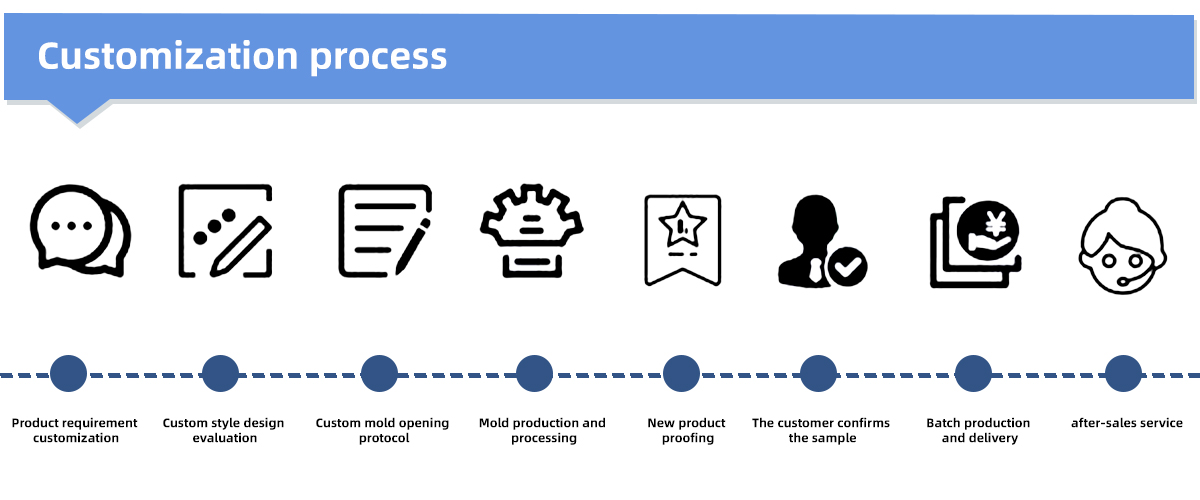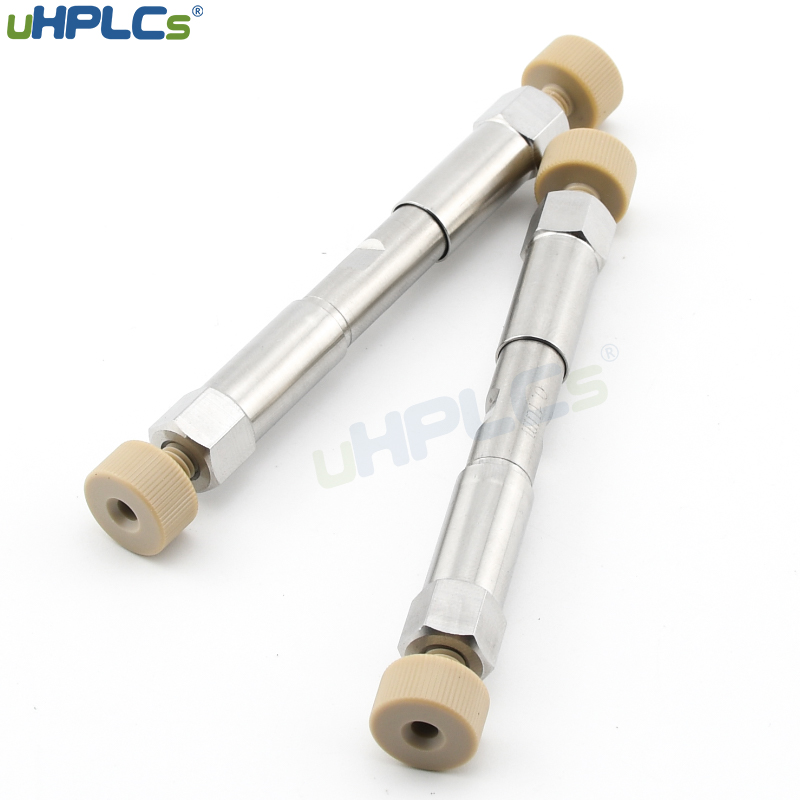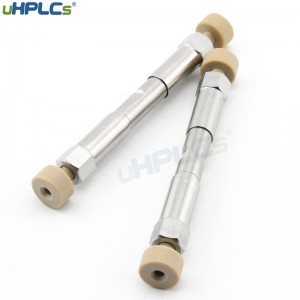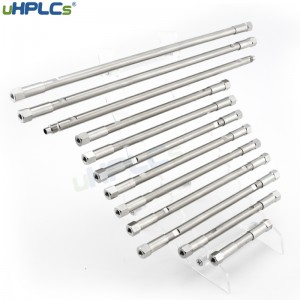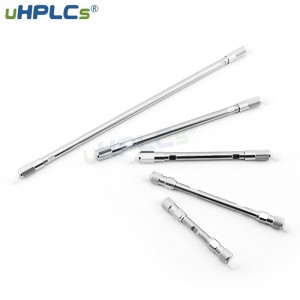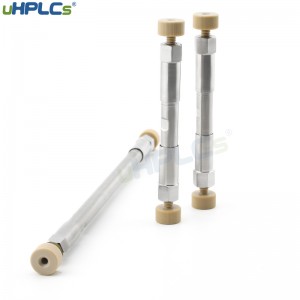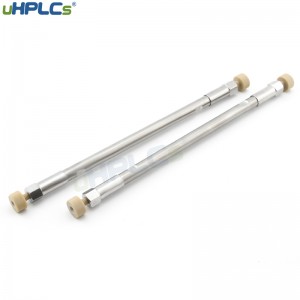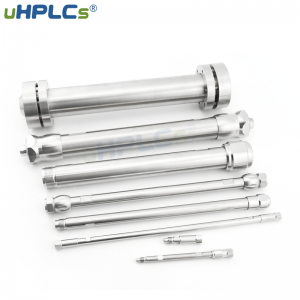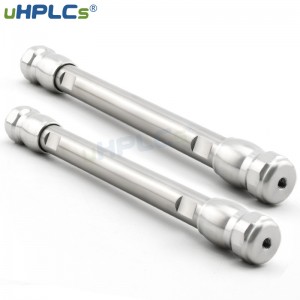Glycosylated hemoglobin column (HPLC)
Glycosylated hemoglobin column is specially designed for the detection of glycosylated hemoglobin. The column has the characteristics of high resolution, high column efficiency and high recovery rate. The packing matrix is non-porous spherical high crosslinked polymer resin particle. Its surface is covered with a hydrophilic layer and bonded an uniform layer of ion-exchange functional groups. Thus, the irreversible adsorption of biomolecules by the matrix is eliminated, also, the high separation efficiency and recovery rate of biological samples are guaranteed.
Glycosylated hemoglobin column (HPLC)
Measured by affinity chromatography glycosylated hemoglobin levels in the blood of 43 diabetic and nondiabetic patients (139 measurements) on long-term dialysis therapy (continuous ambulatory peritoneal dialysis and hemodialysis) to determine the usefulness of this method of estimating glycemic control in diabetic persons on dialysis therapy.
FAQ
1. It is said that the liquid chromatographic column cannot be used when the column pressure reaches a certain height. May I ask how high it is generally? Is there a difference between using methanol and acetonitrile?
- Column pressure is not the only factor that makes a column unusable, resolution is what matters. As long as the column pressure is not so high that the instrument cannot bear it, for example, if it exceeds 300 bar, it can be used all the time. The viscosity of methanol is higher than that of acetonitrile. For a column in the same condition, if methanol is used as the mobile phase, the column pressure may be exceeded. Switching to acetonitrile will cause the column pressure to drop a lot, and the instrument can still bear it. However, although the column pressure has not yet risen to the limit of 400 bar, if the column pressure is found to rise rapidly, the column needs to be cleaned and maintained as soon as possible to fundamentally eliminate the source of the column pressure increase.
2. C18 is suitable for the analysis of those pesticides? I checked the materials and found that difenoconazole was analyzed with C18, but I found that the response value was very small when I analyzed it with C18. Can you help analyze the reason?
- What kind of pesticides are suitable for C18 you asked? You should find out which pesticides are suitable for which chromatographic conditions are suitable from the books and manuals on pesticide analysis. There must be what type of columns to choose, and I can’t list them here. In liquid chromatography, more than 60% of the analytes can be used on C18 columns, and I think more than 60% of pesticides can also be used on C18 columns.
If you can’t find it in the manual or literature, you can treat the pesticide as a common analyte, and then follow the general principles of chromatographic column selection and method establishment. The decisive factor for selection should also be the structure of the pesticide molecule. Difenoconazole should contain polar groups, you can try a highly polar C18 column.
3. When I use acetonitrile as the mobile phase, as long as the acetonitrile ratio is slightly higher, for example, 20%, even if the measurement wavelength is higher than the cut-off wavelength of acetonitrile, there will be a relatively large solvent peak. What’s the matter?
- If there is a solvent peak, it has no effect on your analysis results, so let the solvent peak be there, or you can dissolve and extract the sample with the specified solvent, and then dilute the sample with mobile phase, if the detection limit can be obtained after dilution If reached.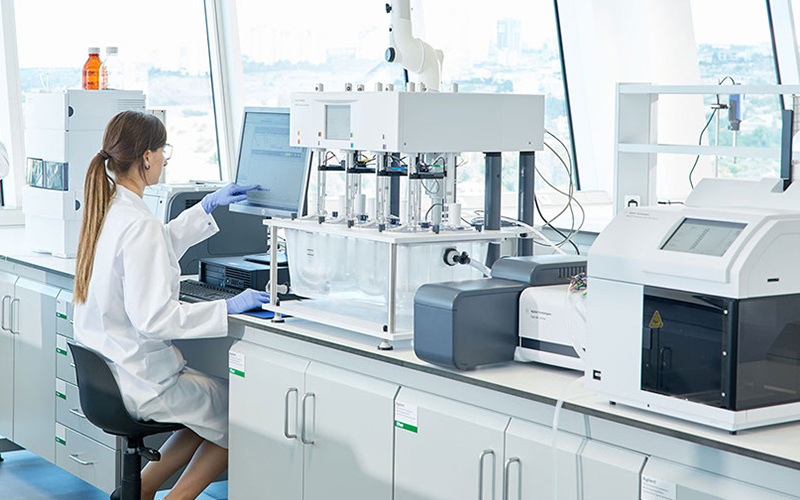
uHPLCs special services:
1. All columns will be tested before delivery and a column efficiency report will be provided.
2. Column loading service is available.